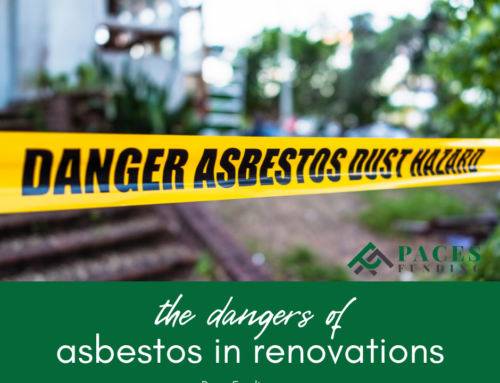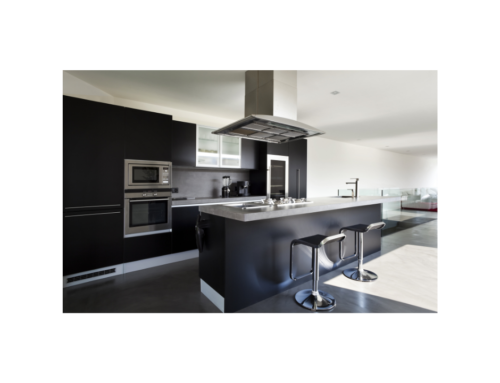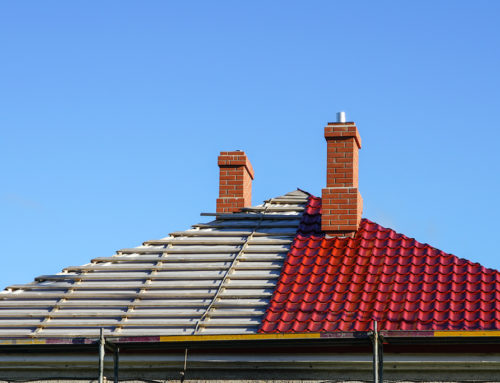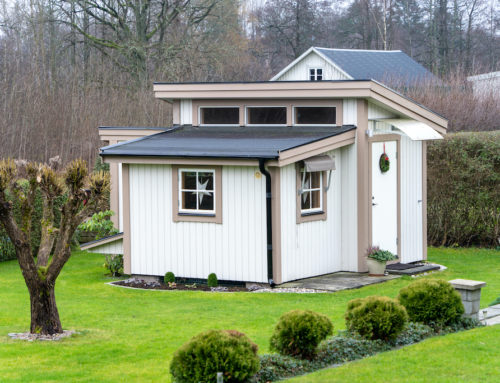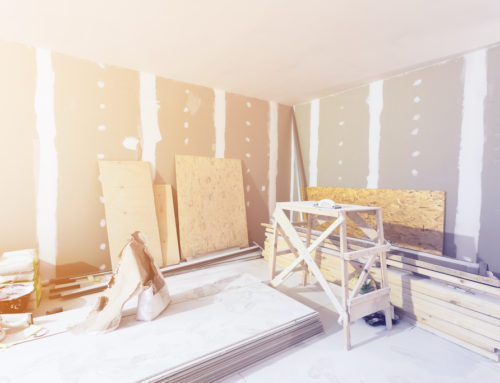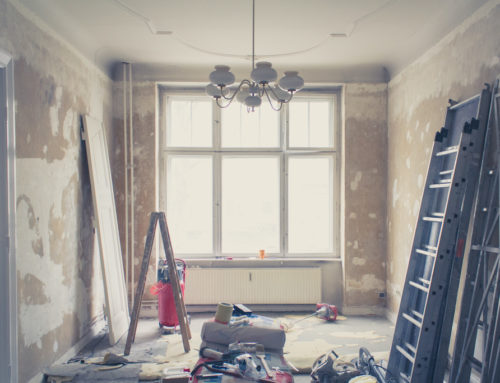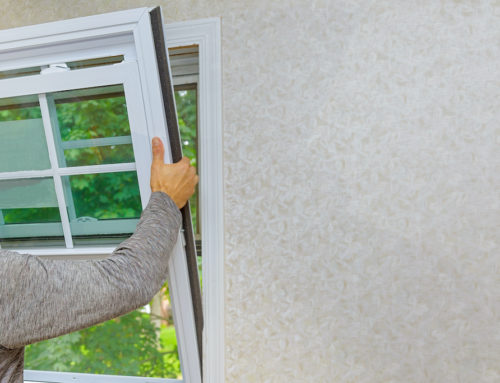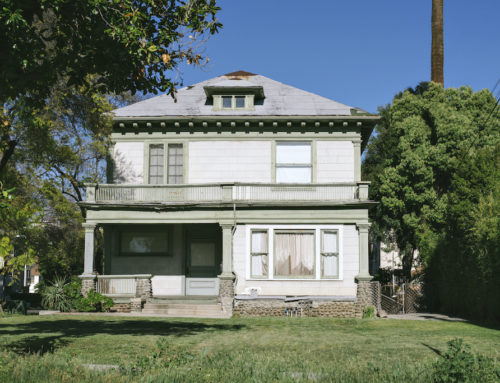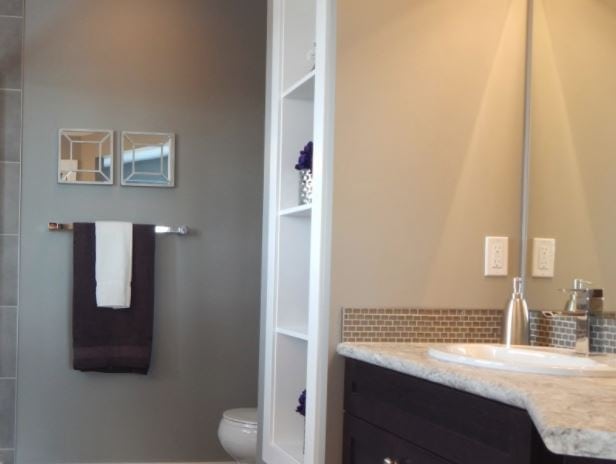
Dual Functioning AFCI And GFCI Outlets Keep You Up To Code

The National Electrical Code requires GFCI outlets in new construction or remodeling of kitchens, garages, laundry rooms and bathrooms. It requires AFCI outlets for new work on kitchens, bedrooms, living rooms and laundry rooms. So, the easiest solution to stay ahead of the game on your income property is to have dual functioning AFCI and GFCI outlets installed all around the living quarters. These handy dual functioning outlets help prevent electrical shock and residential home fires.
Insurance companies are please to see these dual functioning outlets and your tenants will be too. If you’re merely flipping the property, imagine the security these outlets will provide a potential buyer. Paying attention to this detail by going above and beyond electrical code requirements is a plan for the future and an investment that is noticed. This way, even if you haven’t installed all new electrical wiring, the residence is already significantly safer.
Are You Looking for a Hard Money Loan to Flip a House?
Paces Funding is a hard money lender offering hard money loans to purchase and renovate non-owner occupied residential and commercial properties throughout the Atlanta, Nashville, Florida, or the North and South Carolina metropolitan areas. Our application process for hard money loans is easy. Just fill out this very simple online form and you will be contacted shortly. Unlike other lenders, the window between applying and funding is very small. We have funded properties in as a little as one day, but typically funding hard money loans takes about seven to ten days.
Call us at 404-814-1644 or contact us online to find out whether you might qualify for this type of funding. In the meantime, check to ensure that you meet our loan criteria. Our loan amounts can be up to 65 percent of the after-repaired value of the collateral—and if you use the loan for renovation or construction, the loan amount can be based on the collateral’s improved value.




